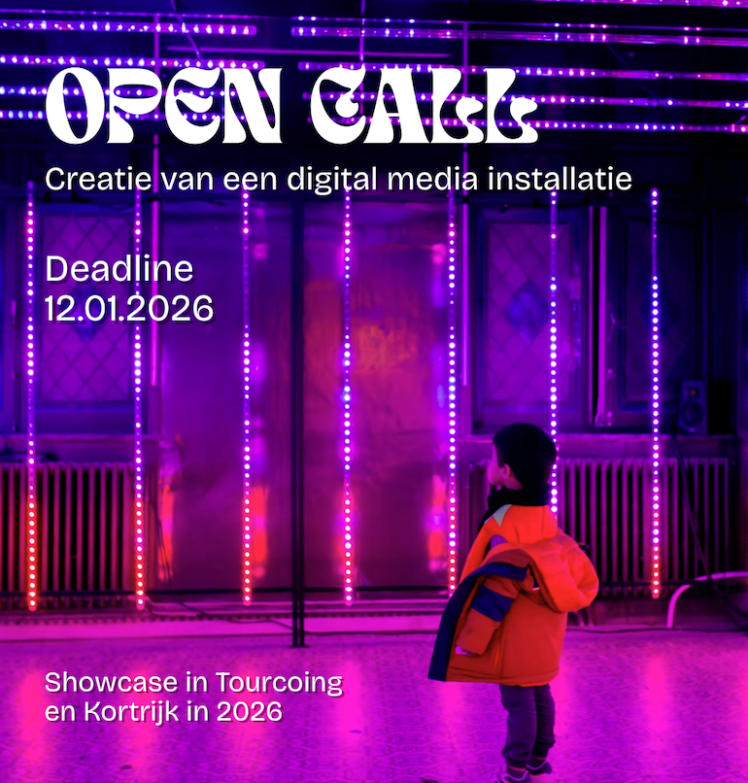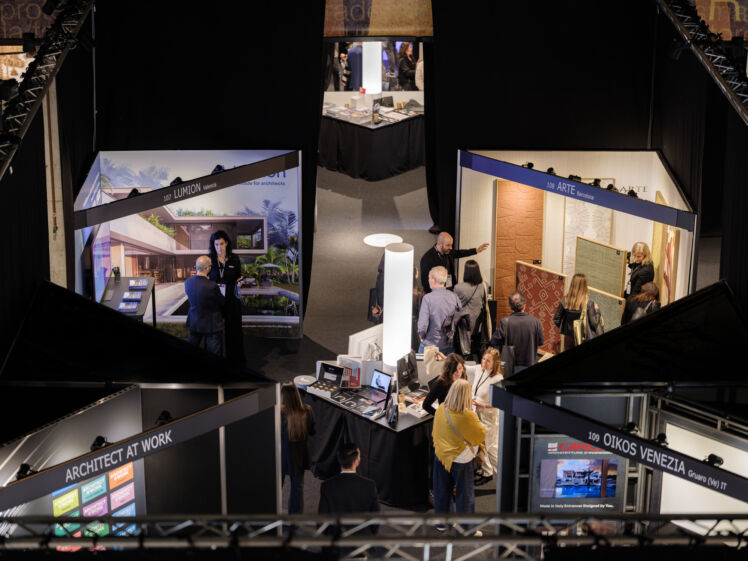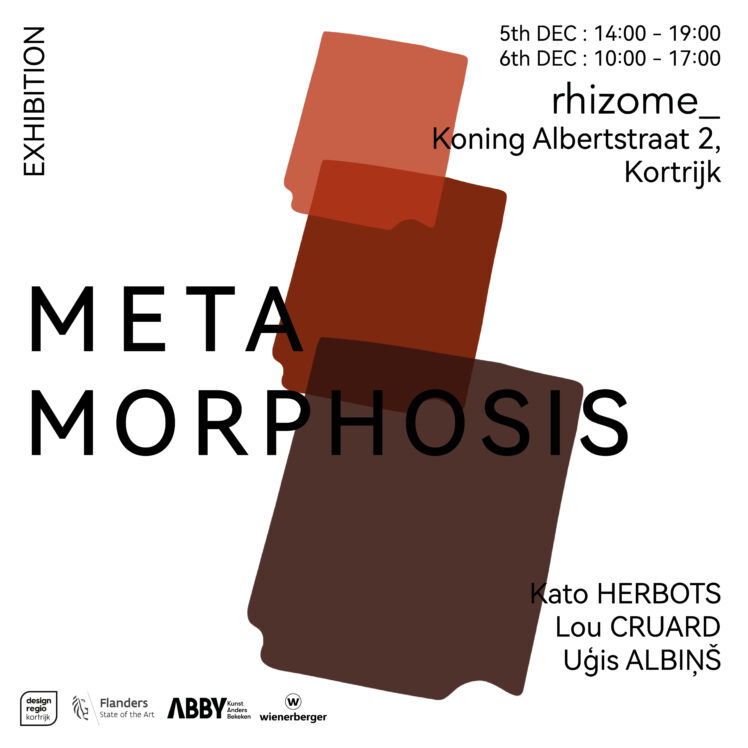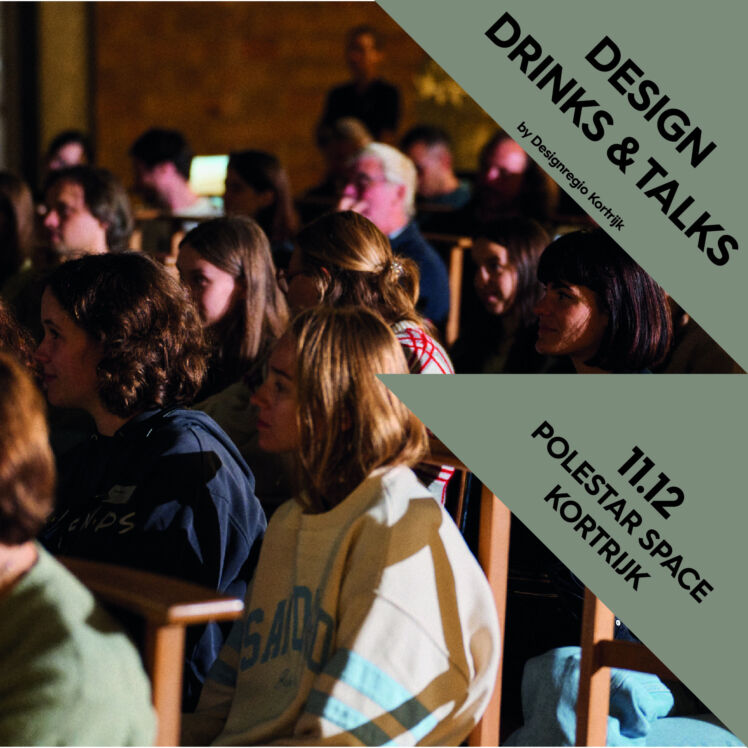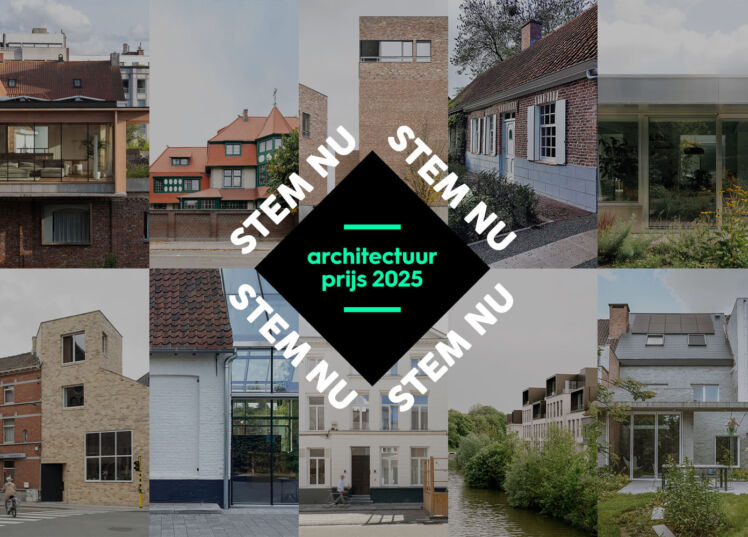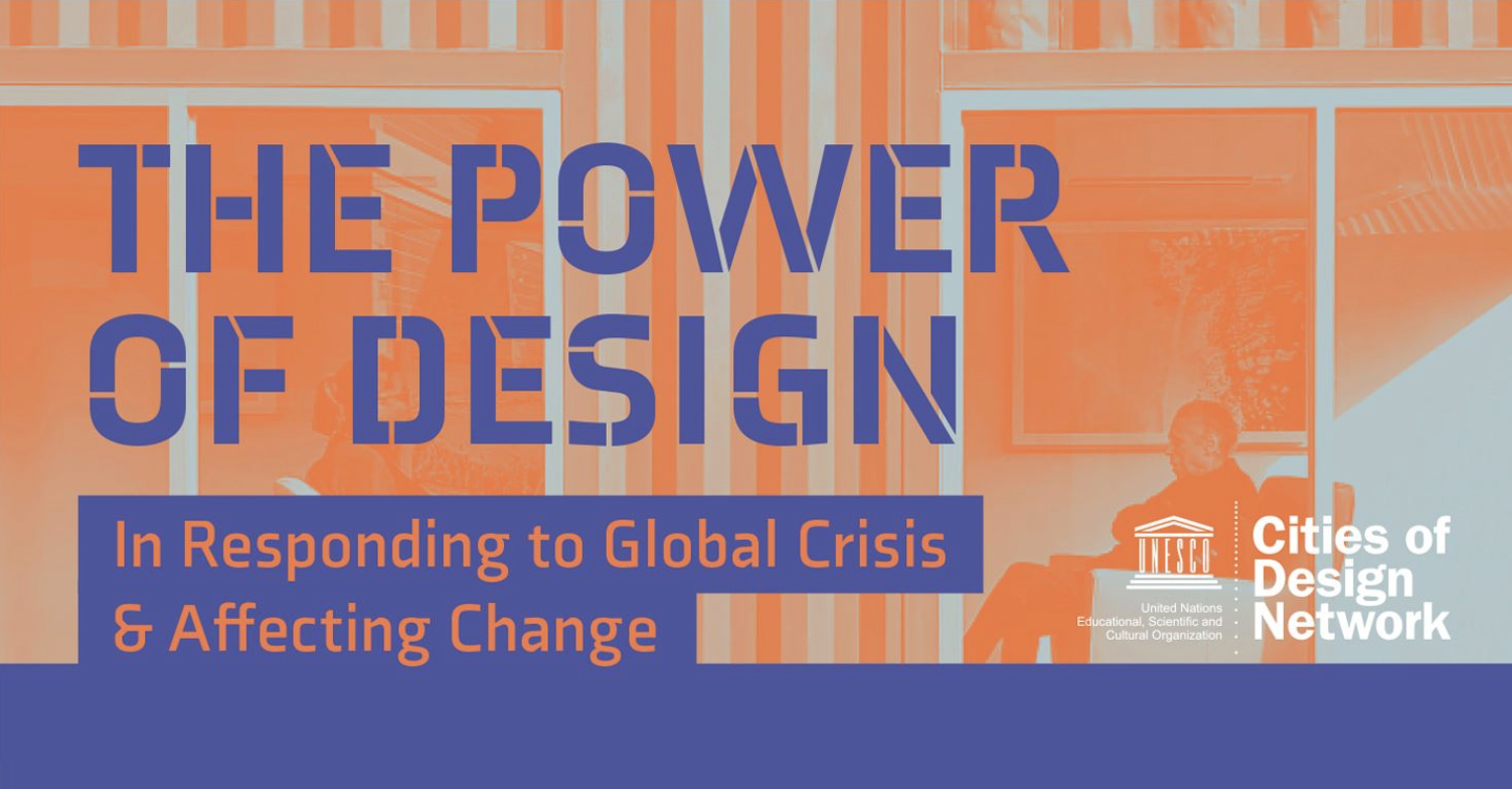
Interview: designers and the covid-19 crisis
Designers and the COVID-19 crisis: the pandemic has led to rapid and drastic changes in our lives. How can we 'reboot' the world?
"Integrated design and the solutions it provides create and shape our understanding of what a city, and life in a city, should look like. Both form and content have an impact on everything: economics, politics, culture. And the experience of the lockdown with its endless restrictions created a clear need for urgent and creative solutions. Solutions that not only make it easier to navigate cities and support the 'new normal', but also make us feel better," said participants in last week's discussion on design and the power of design to change the world.
The UNESCO Creative Cities of Design Network, which includes 40 cities around the world, launched an open, virtual discussion on 'the power of design in response to the global crisis and rebooting of the world'. In a discussion broadcast from the office of Kaunas - European Capital of Culture 2022, the cities shared relevant issues and globally inspiring design practices and experiences in response to COVID-19.
A 15-minute interview with UNESCO Creative Cities of Design Network Coordinator Stijn Debaillie (Belgium), Tze Lee (STUCK Design, Singapore) and Joy Leggo, Chief Executive Officer of the Multicultural Aged Care Centre (Australia).
Topic of the discussion was 'the power of design as an answer to the global crisis and the rebooting of the world'. What is the power of design and how can design help to bring about change in crisis situations? What is the role of design in restoring, or so to speak, 'rebooting' the world?
Debaillie: The virtual discussion 'The Power of Design' brought the cities of the network together to share information on the current health, social and environmental challenges posed by the coronapandemic. Every city and its situation is different, but we all believe that design can help create a better, sustainable and safer environment for everyone.
The virtual discussion focused on innovative solutions to help communities adapt and stay safe and connected during the pandemic. This proves the power of design in shaping our lives.
The corona crisis has led to rapid and drastic changes in our lifestyles around the world. People were forced to communicate remotely, we did not even go to work or use public transport as before. Factories, offices and other workplaces had to close, airlines stopped flying and health systems came under great pressure. Design also plays an important role in assessing the effects of these changes on our environment and on the way we live and work, and helps us to use this information and find ways forward more easily.
Designers are able to think outside the box and find new, creative solutions without forgetting the end user. That is really strong.
Looking at the examples, we sometimes dare to overlook the importance of the role of architects, designers and other 'makers'. For example, we all know that the Wuhan hospital was built in record time: eight days. To what extent was design important in this project and how was it important?
Debaillie: It was important to find a quick solution to stop the spread of the virus and to cure the infected people. The design specialists took into account all the corners, the entrances and exits and the possibilities for people to move around the building. They also took into account other spaces and equipment to prevent contamination and the spread of the virus within the hospital, and the possibility of moving large groups of people as safely and efficiently as possible.
A functional design and a clear and detailed process design are also crucial to complete such a large-scale project in record time and to ensure proper division of labour, objectives and execution.
One of the examples in the discussion was the protective mouth masks.
Lee: During the pandemic, when measures are tightened and the local medical situation changes, a design team, in an open and direct collaboration with the medical staff and the basic service people, can more easily adapt the design of the rooms to best meet the functional requirements.
This means that in situations where existing solutions are inadequate or inappropriate, we can create a new type of protective equipment. This reduces the workload of healthcare professionals in finding temporary solutions and adapting to additional safety procedures. This allows them to focus again on caring for and treating people.
Apparently, the example of Australia was one of the most moving: transforming a shipping container into a multicultural care centre for foreign elderly people. This made it easier for the elderly to meet their relatives in safe conditions. Can you tell us more about this project, from the idea to its application?
Leggo: At the Multicultural Aged Care Centre, we wanted to give the elderly residents more than just communication via FaceTime or Zoom apps, or attention via letters and packages. After a few weeks of working with the staff and people who helped the elderly residents to connect and communicate with their loved ones, we quickly took action and created the Live Visitor Pod. This allowed the relatives of our residents to visit them again and see them in real life, in safe conditions. The principle of human connection is extremely important to us, and so the idea was born.
How long did it take? How did you manage to implement the idea and what were the biggest challenges?
Leggo: There were six weeks between the start and the implementation of the idea. It is a wonderful example of how such a large institution took many factors into consideration and at the same time quickly adapted to the new situation. In just three weeks, the managers agreed with the idea, it was also well received by the staff, and finally it was implemented by Geelong's construction company 'Mark West'.
This company delivered the container, fully equipped it and turned it into a glass protected Live Visitor Pod, with speakers, furniture, a carpet, decoration, air conditioning and many other things.
We then had to draw up appropriate health and safety guidelines, taking into account the latest regional and national COVID-19 measures for residential care centres. We followed a strict order: the staff first took the temperature of each visitor, we recorded data on flu vaccination, etc. The staff had to take active steps to prevent the spread of the disease. The staff had to take active steps each time to follow the ever-changing recommendations.
One of the biggest tasks is to keep the social distance between the residents and their families, because that is extremely important. Money was not the most important factor, because once the centre's managers were won over by the idea, the project was implemented immediately instead of being discussed for months on end. The Live Visitor Pod meets all the requirements set; for example, after the pandemic, it can easily be moved and used for other purposes.
Why did you pick up this idea? Why did you focus on older people when looking for ways to use design solutions?
Leggo: Elderly people, especially those living in residential care, are the most vulnerable group in society. They are at much greater risk than younger people of becoming seriously ill from COVID-19. If COVID-19 entered an assisted living facility, the disease would spread very quickly. It was an innovative solution to a real problem because it very quickly found a way to safely adapt in the context of the pandemic. The idea has since been picked up by other residential care centres. They ask us for advice on how they can set up such a live meeting place.
What did you think of the discussion and how important was it for the designers?
Debaillie: It is the first time such a discussion has been held within the Creative Cities of Design Network. The virtual discussion attracted more than 1,700 people from all over the world. The network members discussed design solutions and their impact together. This shows that people in different parts of the world can work together and share information to solve global challenges.
As this first virtual discussion was very well received, the Creative Cities of Design Network plans to organise more such discussions to discuss creative ideas and solutions that can add value to all communities.
What surprised me the most in this event was the innovative design projects that were created in all corners and corners of the world.
The Creative Cities of Design Network has set up working groups of professionals from business, education, government and communications to exchange ideas on how different countries approach problems and how we can create solutions together. The pandemic has temporarily prevented international travel, but the Creative Cities of Design Network has found new ways to bring people from all over the world closer together.
***
https://kaunas2022.eu/en/2020/07/23/designers-at-the-covid-19-doorstep-the-pandemic-has-caused-fast-and-drastic-life-changes-how-to-reboot-the-world/
Organisers of this virtual discussion: UNESCO Creative Cities of Design Network and Kaunas 2022.


